The patterns printed on greeting cards, as well as the forms of greeting cards, can be warm, childlike, humorous, or serious, showcasing the historical, cultural, and artistic design changes of a region from different perspectives.
On November 5, 2019, the “My Best Wishes – European Centennial Card and Postcard History Exhibition” opened at the Shanghai Minsheng Modern Art Museum. The exhibition gathers approximately 290 original Christmas and New Year greeting cards from over 130 years since the end of the 19th century in Europe, showcasing the industrial and cultural development history of Croatia and surrounding countries over the past century, as well as the customs and changes of traditional European festivals.
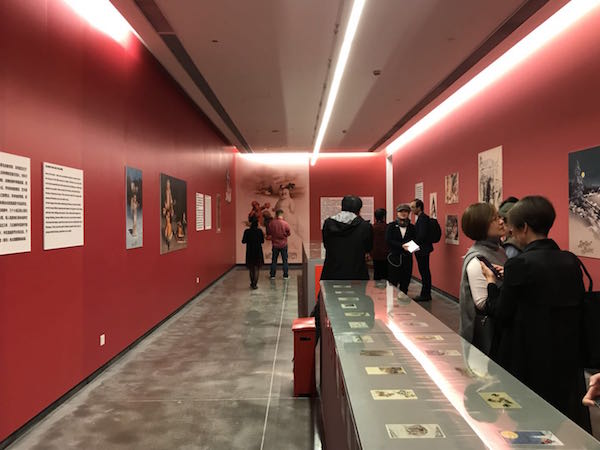
This exhibition is jointly organized by Shanghai Minsheng Modern Art Museum, Zagreb Museum of Arts and Crafts in Croatia, and China Croatia Economic and Cultural Cooperation Association. It is also the first cooperation exhibition launched by Shanghai Minsheng Modern Art Museum in collaboration with excellent foreign museums after relocating to the new museum.
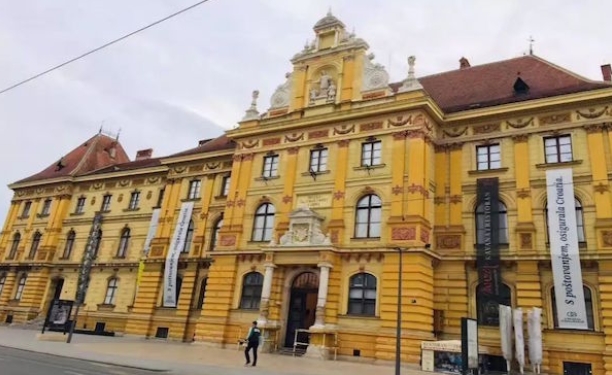
The Zagreb Museum of Arts and Crafts in Croatia is located in the center of the Croatian capital Zagreb. It was founded in 1880 and is the oldest and largest national museum in Croatia. It is also the country’s first palace building specifically designed for museums. At the same time, the museum collects exquisite arts and crafts from Croatia and neighboring countries.
This exhibition is the first time that the Zagreb Museum of Arts and Crafts in Croatia has exhibited these ancient greeting card and postcard collections in the Asian region. It not only showcases European, especially Croatian, modern postcard designs, but also presents the evolution of traditional New Year holiday etiquette in Europe over the past 130 years to the audience.
Director Miloslav Gasparovi ć exclaimed, “Postcards and greeting cards tell the story of an era, about a warm family atmosphere in Croatia during Christmas and New Year in the past. And I believe that this form is also the same in China. More than a decade ago, it was a form of expressing blessings, but now it is not used much and gradually forgotten by people
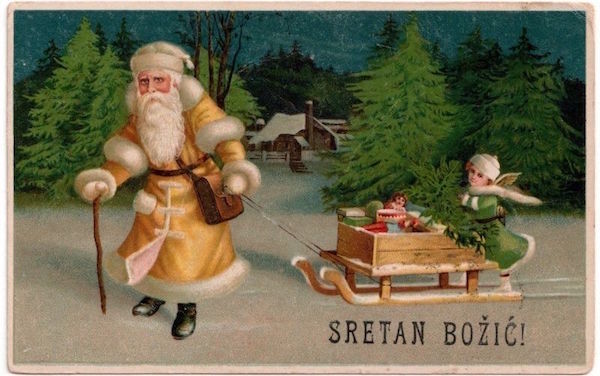
The exhibited works are mainly divided into two parts: ancient greeting cards and modern greeting cards. The entire exhibition is like an inverted question mark in spatial expression, starting from the interpretation of the historical evolution of ancient greeting cards and finally exploring the openness of modern greeting card design.
The section on ancient greeting cards showcases ancient greeting cards from the late 19th century Austro Hungarian Empire to the post World War I Kingdom of Yugoslavia, mostly from Germany, Czechoslovakia, Poland, Ukraine, and other regions, showcasing various design styles from different parts of Central and Eastern Europe and reflecting cultural integration at that time. These greeting cards are often used to express Christmas and New Year wishes between individuals, with themes mainly featuring specific images of children, animals, flowers, and other auspicious celebrations, as well as presenting the religious connotations of Christmas. For example, on the display boards in the exhibition hall, there are explanations of Christmas decorations and symbolic meanings, as well as interpretations of the symbolism represented by animal images such as pigs.
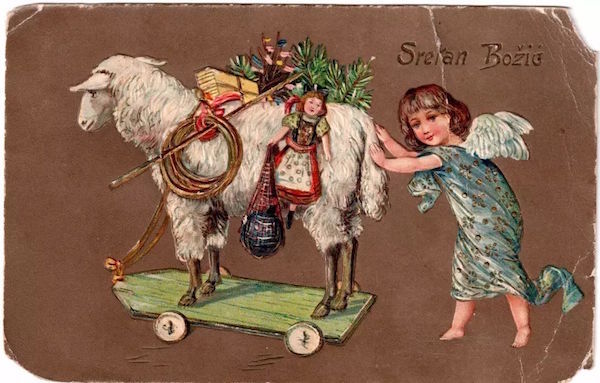
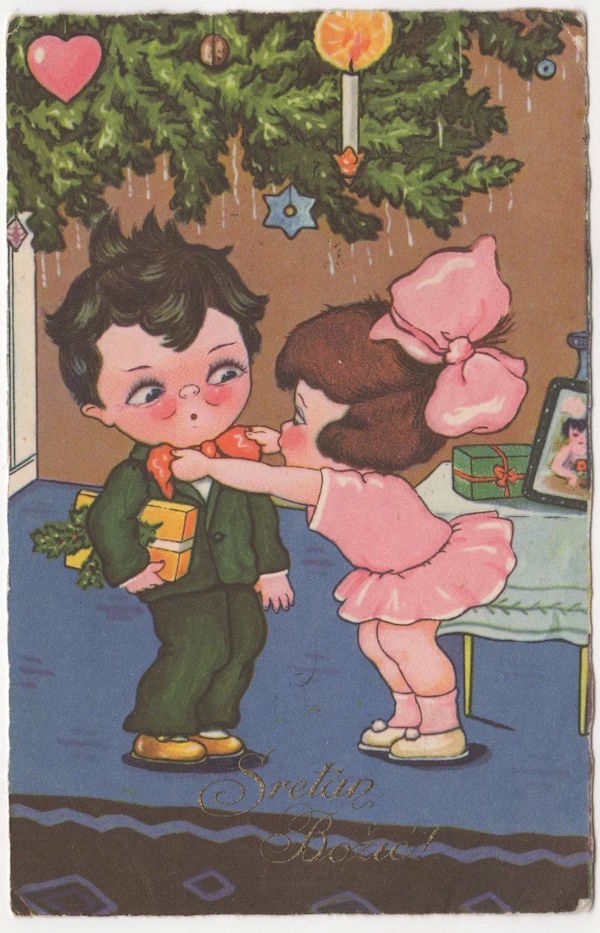
This part of the greeting card is filled with traditional elements with symbolic significance during Christmas and New Year festivals, vividly showcasing the festive customs of celebrating Christmas and New Year in Europe, especially in Croatia, as well as the rich cultural significance contained therein.
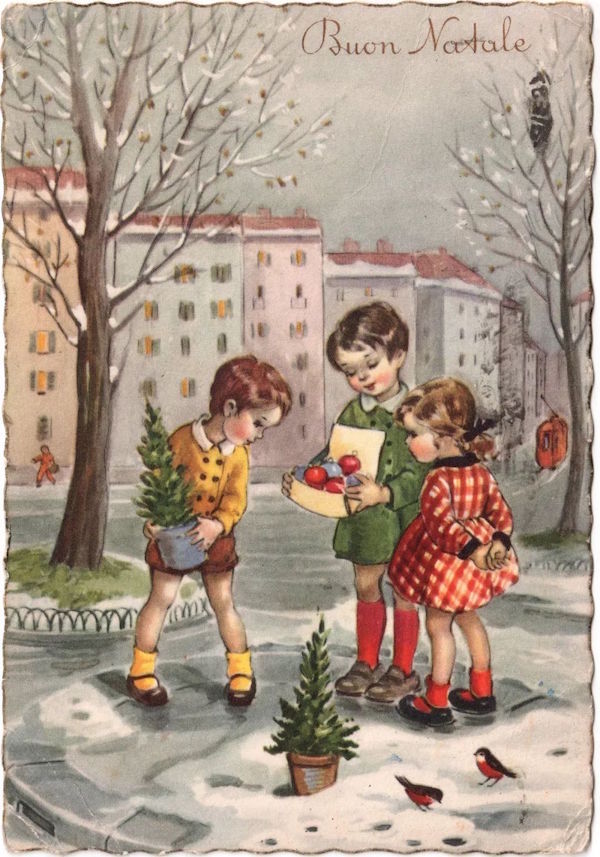
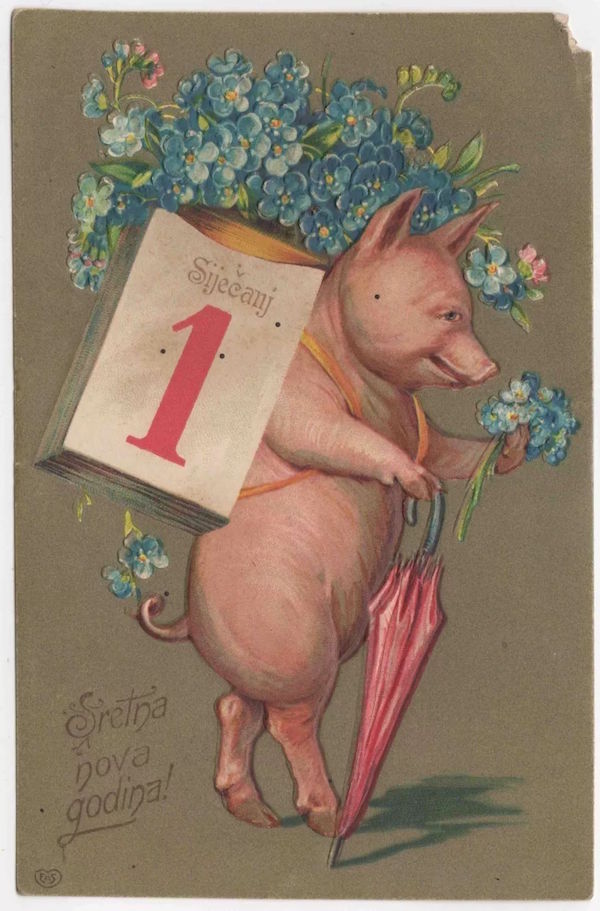
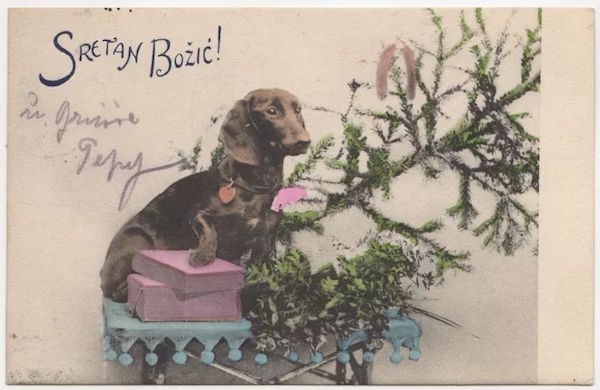
In addition, the constantly developing photography technology at the end of the 19th century also promoted the development of printing technology and graphic design. During this period, Europeans directly used photos as greeting card content, reflecting the influence of technological development on daily life and traditional culture. Children, as the future hope of their families, became the protagonists of photo greeting cards. The exhibition hall also specially sets up an immersive experience space for the audience, which authentically reproduces the situation in the greeting cards. Through photography, the interactive time of the exhibition becomes a replica and continuation of history again.
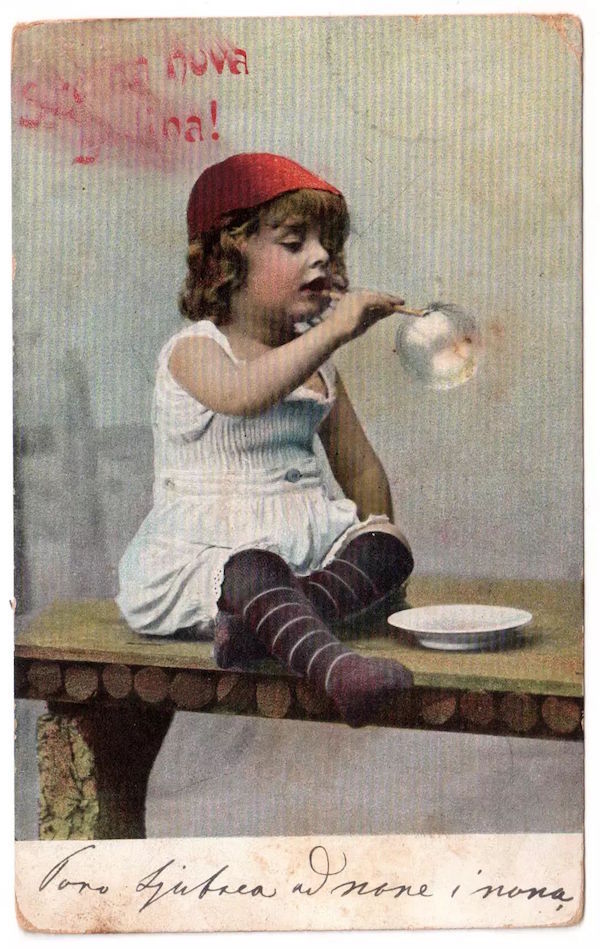
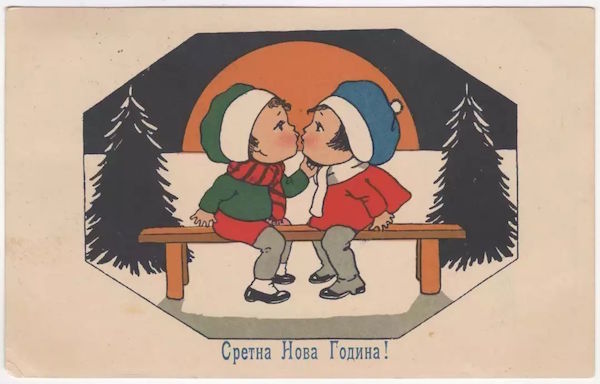
Exhibition curator Dengjia Nekichi said that there are actually many stories behind each greeting card. Before World War II, these cards were more representative of individuals, while in the post World War II period of the second part, they were more about inter institutional greeting card stories.
In the second part of the exhibition, the display area of Croatian modern greeting cards, it is presented that since World War II, with the development of design and consumption, the production of greeting cards has become increasingly commercialized, and their commercial use has become increasingly important. All greeting cards during this period were from Croatia, mostly commissioned by factories or independently produced by designers for commercial communication and corporate promotion. Modern enterprises attempt to showcase the company’s positive image, product characteristics, and corporate culture in greeting card design. Therefore, these greeting cards not only express blessings, but also record the industrial development history of Croatia.
With the development of modern advertising industry, works at this time clearly emphasize a sense of design, and their forms of expression are influenced by modernist art styles such as surrealism, abstract expressionism, and pop art. In terms of production technology, relief printing and screen printing were used to make the color tones of the greeting cards more rich and expressive, reflecting the excellent quality of Croatia’s advertising and printing industry. In the later stage of the development of commercial greeting cards, renowned designers from the advertising industry demonstrated their creativity and infinite potential in paper art through greeting card design.
In the exhibition, visitors can see how greeting cards, carrying personal blessings, have formed their own unique development trajectory in the context of accelerating commercialization and industrial development, influenced by various modernist art styles.
It is reported that this exhibition is the first time that the Zagreb Museum of Arts and Crafts in Croatia has exhibited these ancient and modern card and postcard collections in the Asian region. It not only fully showcases the development of card and postcard design in Europe, especially in Croatia, but also presents the evolution of traditional customs for Christmas and New Year holidays in Europe over the past hundred years to the audience. It opens a window for the audience to approach the development of Western art and design in a humorous, enthusiastic, and light hearted manner. Through this window, we can glimpse the multiple dimensions of art and design’s involvement in life, further understand Croatia, and understand Europe.
